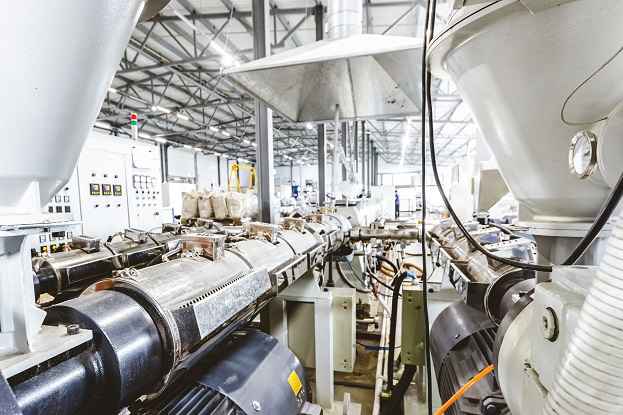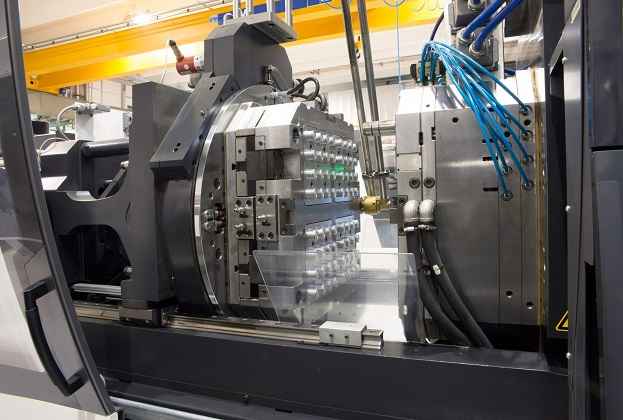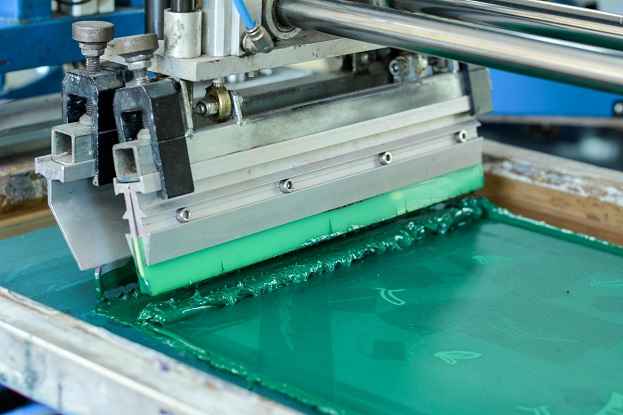Advancell microspheres’ many advantages are clear in the array of production methods that manufacturers can apply them to.
The product is so flexible because of its durability to processing heat and external pressure, which expands its potential. Manufacturers can use it in an even wider array of applications because it secures the properties that processing methods demand.








